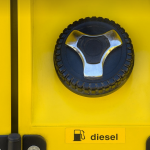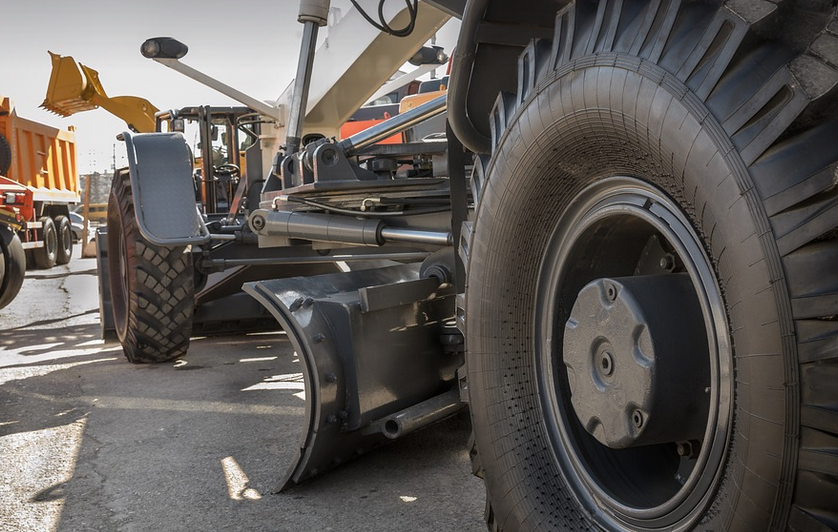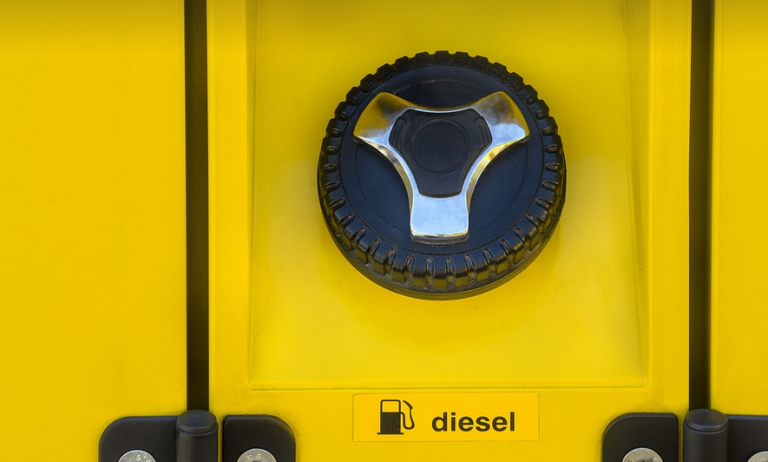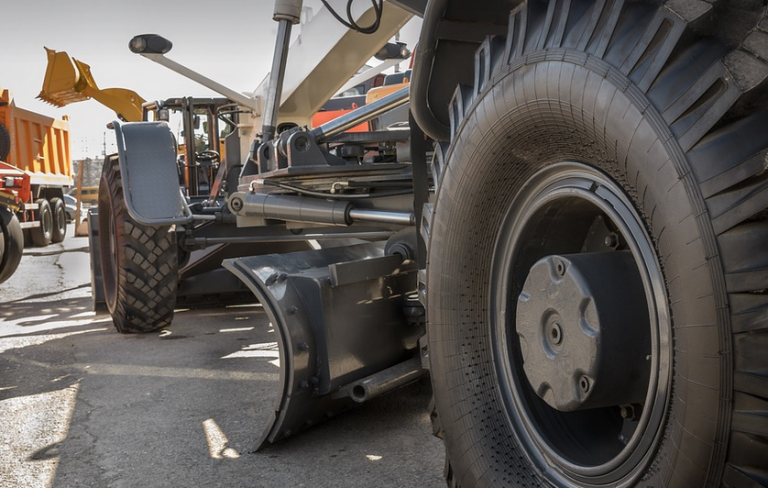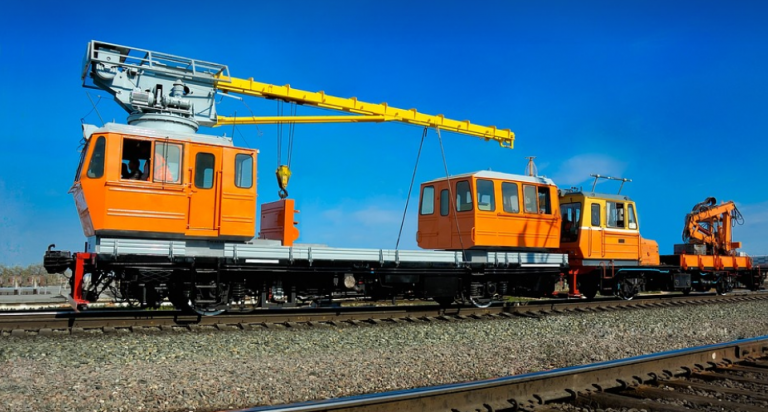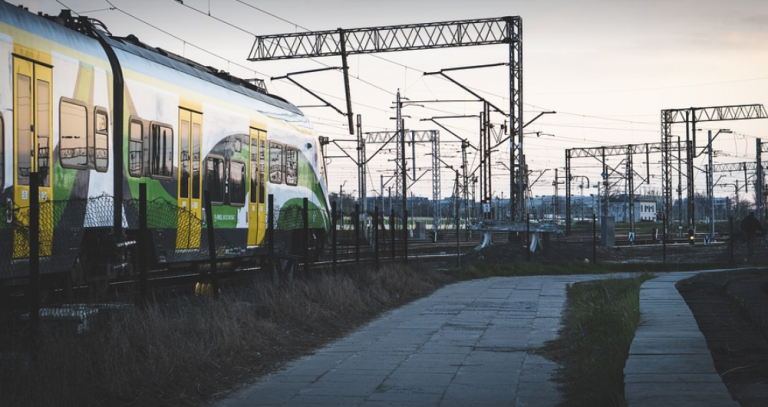Unpacking the Power of Transformation
Energy, that essential force driving our world, isn’t static; it constantly transforms from one form to another. This perpetual dance between energy types is what fuels everything we experience, from the hum of a refrigerator to the soaring heights of an airplane.
Imagine energy as a chameleon, shifting its appearance and essence depending on the environment. It can be stored in compressed forms like potential energy, held within the bonds of chemical compounds like kinetic energy, or unleashed as radiant power like thermal energy. Understanding these transformations is crucial for comprehending how our world operates.
Let’s dive into a fascinating diagram that unveils the intricate process of energy transformation and explore its various manifestations.
The diagram, in its simplicity, holds immense visual power. Let’s analyze it, piece by piece, to unravel the complexities of this vital phenomenon.
**Step one: Energy Sources – The Foundation of Transformation**
At the heart of the diagram lies a vibrant array of energy sources; these are the raw materials that fuel our world’s transformations. We find them in different forms, each holding unique potential for application.
One source is the sun, radiating with its immense power. This solar energy can be harnessed through photovoltaic panels, which convert sunlight into electricity. It’s like capturing a fraction of the sun’s warmth and using it to power our homes.
Another vital source is the Earth’s internal heat, originating from the planet’s molten core. Geothermal energy taps into this power, utilizing steam generated by hot springs to drive turbines, harnessing the earth’s natural resource for electricity generation.
Think of windmills, spinning gracefully in response to the power of the wind. They convert kinetic energy – the energy of motion – into electrical current, showcasing a beautiful example of how nature can fuel our devices.
**Step two: Energy Transformations – The Dance of Power**
Moving from source to application, the diagram then illustrates the transformations that follow. You will see various examples of energy being converted from one form to another, each step highlighting a different aspect of this vital process.
One transformation we observe is the conversion of potential energy into kinetic energy – like a roller coaster soaring up a hill and then releasing its stored energy as it plummets down.
A car engine exemplifies this process through combustion—burning fuel to produce chemical energy that drives pistons, generating the kinetic energy needed to propel the vehicle forward. It’s a classic example of how mechanical energy is harnessed to move objects.
The diagram then highlights another essential transformation: thermal energy. This energy manifests as heat – the warmth we feel from a hot cup of coffee or the intensity of sunlight on our skin.
As a result, thermal energy can contribute to changes in temperature and pressure, like in an oven where heat is used to cook food through chemical reactions.
**Step three: Energy Delivery – The Journey Continues**
The diagram then shifts its focus from transformation to application. We see various pathways through which the transformed energy travels, highlighting different modes of transfer.
For example, we can observe how electricity generated by a power plant is transmitted through a network of wires and transformers, delivering it to our homes and businesses for use in everyday life.
As another example, we see a hydroelectric dam’s ability to generate energy from the flow of water, which then powers turbines and generates electricity. This clean form of energy showcases how nature’s power can provide sustainable solutions.
**Step four: Energy Efficiency – Making the Most of Transformation**
The diagram emphasizes the importance of energy efficiency in our modern world. By optimizing processes to minimize waste, we increase the conversion rate from one form of energy to another, reducing losses and maximizing potential.
Energy-efficient appliances like washing machines that use less water and electric cars that use less fuel are prime examples. These efforts lessen our reliance on fossil fuels and contribute to a greener future.
**Step five: The Importance of Energy Transformation**
Understanding energy transformation is more than just an academic exercise; it’s a cornerstone of creating a sustainable future! By recognizing the various forms, processes, and applications of energy transformation, we can better utilize resources and minimize waste. This understanding paves the way for innovation in renewable technologies like solar panels and wind turbines, fueling our journey towards a cleaner and more efficient world.





